
Are Astronauts Worth Tens of Billions of Dollars in Extra Costs to go to Mars?
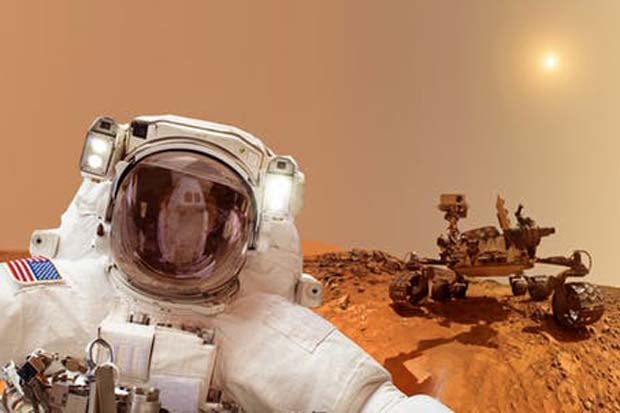
Steve Swanson is a Distinguished Educator in Residence at Boise State University. This article was originally published at The Conversation. The publication contributed the article to Space.com's Expert Voices: Op-Ed & Insights.
As society contemplates going to the moon or Mars, there’s a rising debate as to whether it’s worth spending billions of dollars to send humans to other planets if a robot or rover can perform the necessary science.
I think NASA needs to send both humans and machines. Let me explain why.
I started off my 28-year career at NASA as an engineer on the shuttle training aircraft – an airborne simulator of the space shuttle. During my 17 years as an astronaut, I flew on three space missions. Two of those were shuttle missions, STS-117 and STS-119, to the International Space Station.
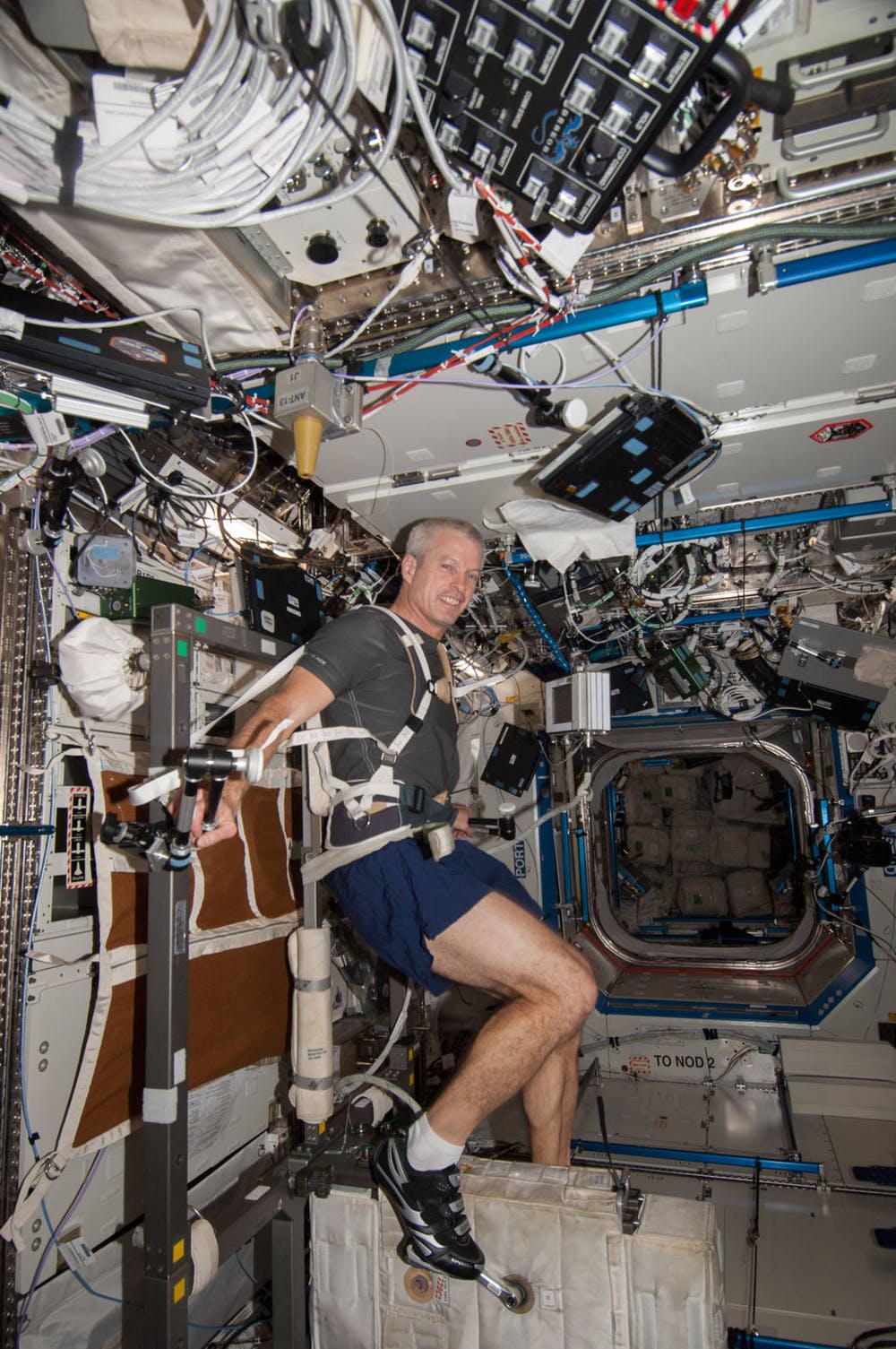
The main goal of both of these missions was to build the actual ISS, leaving little time for actual experiments. However, our mission was fulfilling because we were building a science laboratory in space. During my third mission, ISS Expedition 39 and 40, I spent five and a half months on the ISS.
While we were on board, my crewmates and I performed more than 300 different experiments. Some we did not touch, like the alpha magnetic spectrometer that scans the universe for antimatter. Others we set up and the mission controls then took over. For other experiments we set them up and performed the experiment. In some, we astronauts were the guinea pigs.
Hence, we used our time to squeeze the most science out of our ISS visit by collaborating with the scientists on the ground. Through this mix of human and automated experiments, NASA increased the amount of science being conducted on the ISS.
Get the Space.com Newsletter
Breaking space news, the latest updates on rocket launches, skywatching events and more!
Apollo 17 versus Curiosity
To try to compare scientific output between a crewed and a robotic mission, let me contrast the Apollo 17 – the last moon mission of December 1972, in which Gene Cernan and Harrison Schmitt spent 75 hours on the lunar surface – with the Mars Curiosity rover with respect to three variables: distance traveled, cost and soil samples taken. While these two missions are distinctly different – the former being lunar and the latter on Mars – there are similarities that help us compare their productivity.
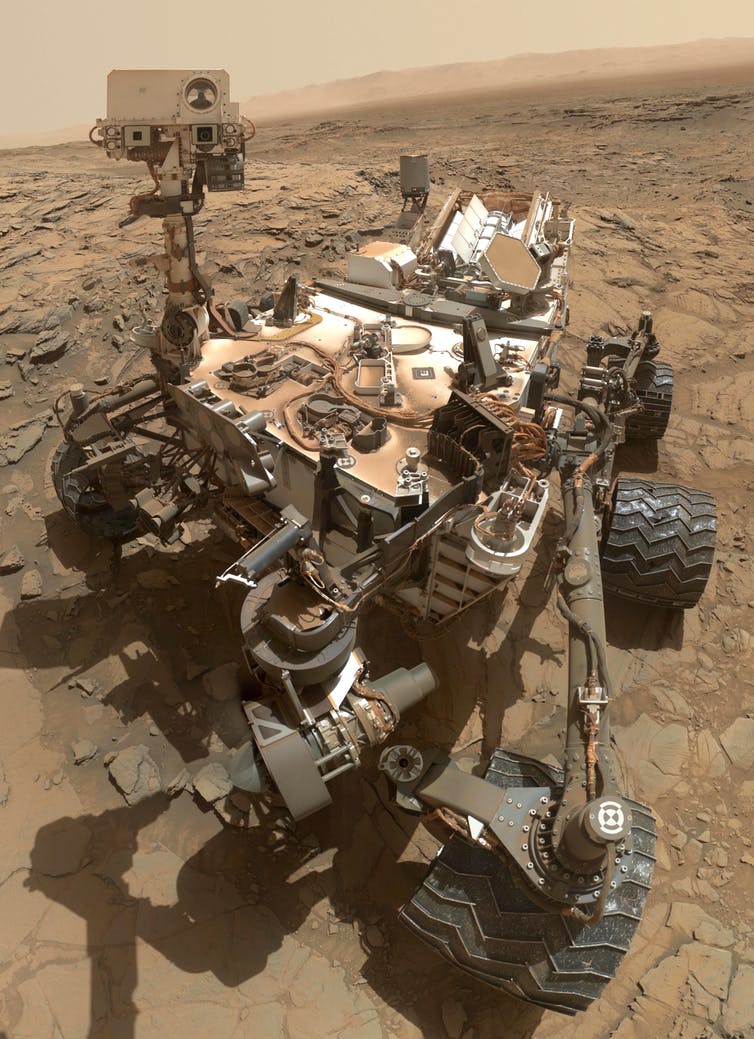
When it comes to distance covered, the humans won. The two Apollo 17 astronauts drove a distance of 35 kilometers on the moon in the span of three days – that’s approximately 11.6 kilometers per day. As of February 2019, Curiosity had traveled 20.16 kilometers on Mars - an average of 9 meters per day since it began its journey on Mars in August 2012.
Now I’m not knocking Curiosity or its team. But executing a task is extremely difficult when dealing with a rover 55 to 400 million kilometers away, depending upon the relative positions of Earth and Mars in their orbits. If the Earth-based Curiosity team issues the wrong commands to the rover, it could jeopardize or even end the mission. Hence, they have to move slowly and verify every step. That means that something a human could accomplish in a couple of hours – like taking multiple rock samples – make take a robot weeks.
During Apollo 17 the astronauts collected 741 rock and soil samples, including a deep-drill core sample 3 meters long. This amounts to 247 samples each day. I had some difficulty finding the equivalent information for Curiosity. What I did discover was that as of Jan. 15, 2019, Curiosity had drilled 19 sites and had taken two samples without drilling. So Curiosity has taken at most 30 soil samples while on Mars. That is, on average, 0.013 soil samples per day – which shows how difficult it is to operate a piece of machinery remotely. When equipment such as a drill malfunctions, which it has on Curiosity, there is nobody there to repair it. So the team must find workarounds to the problems for them to continue to get science.
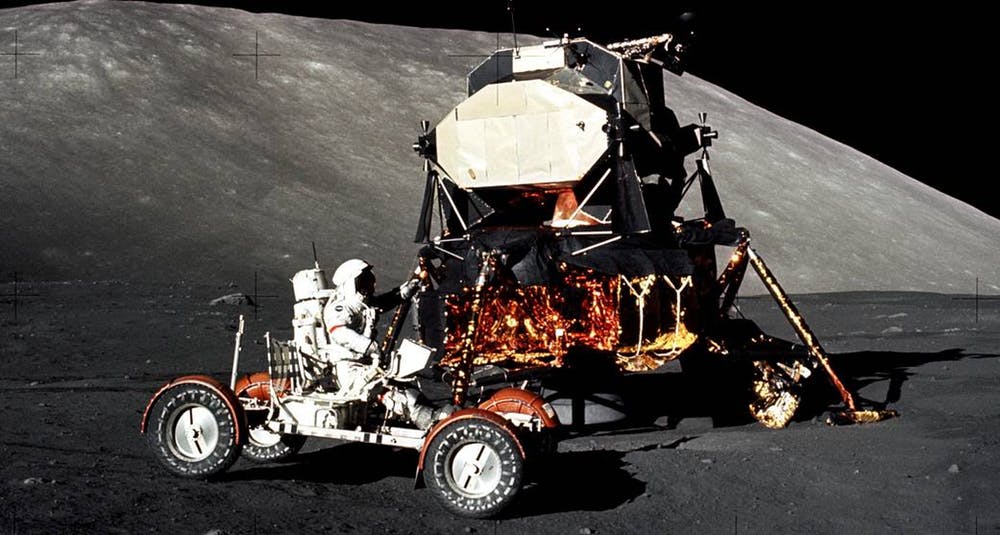
Cost of Apollo versus Curiosity
In 2015 dollars, each of the seven lunar Apollo missions cost about US$20 billion. The cost of Curiosity was about $2.5 billion in 2015.
Yes, I am comparing a lunar mission to a Mars mission, which isn’t exactly fair. So, let’s use an estimate of what a human mission to Mars is expected to cost – the number ranges from around $100 billion to $500 billion per mission. I imagine it is going to be closer to the $500 billion or more given that the ISS alone cost more around $150 billion.
If we assume $500 billion per mission – a figure that would hopefully decrease with multiple missions – then a manned mission would yield a better return on the investment. From the ballpark estimates above, we can say a crew of four would be at least 500 times more productive in performing science than a rover, although the cost would be about 200 times greater.
Space Exploration needs both
Now I admit there is a large margin of error in these quick calculations. However, I’m trying to underscore the benefits from human involvement. Consequently, I think the most cost-effective solution is to use humans and rovers together. This is how we boosted science output on the ISS.
For Mars we could have teams at mission controls around the world running the experiments using rovers as they do now – but the teams could do the science much more quickly. That’s because there would always be a human nearby to help out if the rover got stuck or malfunctioned.
Yes, it is more expensive to send humans to space than probes and rovers, but we can’t disregard that humans can rapidly adapt to unanticipated situations and repair and modify equipment, which in the end boosts the likelihood of success.
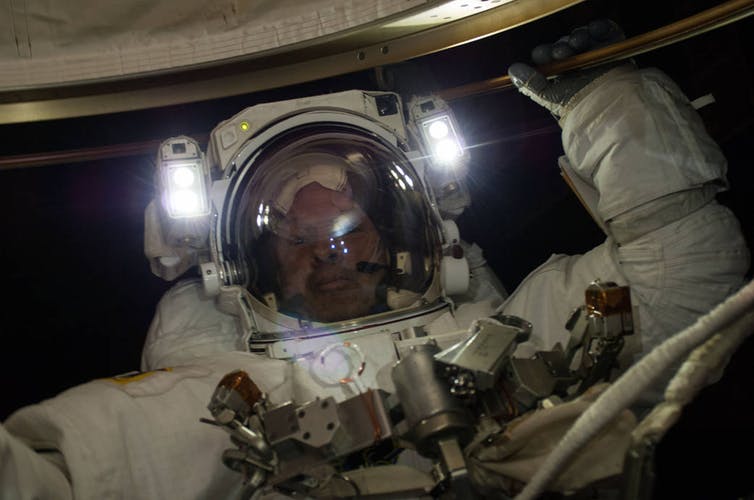
A human perspective
There is also so much we can learn about a new world that sensors just can’t tell us. What does it feel like? Look like? Smell like? This is how most people on Earth will relate to space exploration. So having this human perspective is vital for generating enthusiasm.
For example, one of the first questions I get from people when we talk about space is simply, “What was it like?” And they wanted to know all the details, from brushing your teeth to doing a spacewalk. I would always add that we never knew how our day was going, because most of our tasks, be it science or maintenance, ran into problems that needed a human fix.
I agree the rovers on Mars have done wonders and helped get people excited about planetary exploration, but I’m sure the excitement of humans going to Mars would be much greater.
This article is republished from The Conversation under a Creative Commons license. Read the original article.
- Mars Rovers of the Future: What Comes After Opportunity
- Why We Can't Depend on Robots to Find Life on Mars
- These Stunning Designs Show What Our Future on Mars Might Look Like
Follow all of the Expert Voices issues and debates — and become part of the discussion — on Facebook, Twitter and Google +. The views expressed are those of the author and do not necessarily reflect the views of the publisher. This version of the article was originally published on Space.com.
Join our Space Forums to keep talking space on the latest missions, night sky and more! And if you have a news tip, correction or comment, let us know at: community@space.com.









